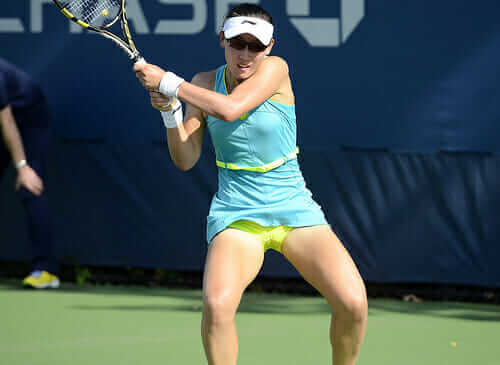If you love playing tennis, you may be surprised to learn that this popular sport began in France around 800 years ago.
Today’s tennis is played either in singles or doubles, and has actually been little changed over the centuries, although racquets are now used, rather than the hand as was originally done.
Tennis Pain, Elbow and More
Tennis players might be surprised to learn that ‘tennis elbow’ is actually not one of the more frequently encountered tennis injuries. Although not a contact sport, tennis does require quite a bit of physical activity, such as twisting, pivoting, running, and stretching, which increases the chances that a player could become hurt.
- Back strain and injury is fairly common on account of the backward, arching posture assumed when serving the ball. Back pain is most frequently found in older persons who play tennis, often because of pre-existing osteoarthritis.
- Sprains to the ankle occur quite often as the player pivots during the game; bruising, swelling, and pain follow.
- The knee can experience both sprains and strains from tennis playing. A sprained knee is one in which the ligaments that hold the bones of the joint together have been damaged, while a strain affects the muscles attached to the knee by tendons.
- Damage to the calf muscles usually appears as a bad strain from torn tissues. As the calf muscles are attached to the Achilles tendon, injury to the tendon often occurs at the same time.
- Tennis elbow involves damage to the tendons and muscles in the forearm to which the tendons are attached.
- Overhand strokes, especially, can contribute to rotor cuff shoulder tendonitis. Tears that are made in the tendons, either as a result of an immediate injury or cumulative small injuries, result in both weakness and pain in the affected shoulder and arm.
Relieving Tennis Pain through Massage
While the immediate treatment for most tennis injuries will be pain medication and PRICE (protection, rest, ice, compression, and elevation), your massage therapist can help to accelerate healing with the use of massage. Massage will help to increase circulation to the affected areas, which means that more oxygen is available to damaged cells and tissues, but will also help with swelling.
Swelling occurs at the damaged sites because your body is trying to help heal the injury – increased blood and fluid does help to bring more red and white blood cells to the damage, but this can be too much of a good thing. Too much fluid will begin to press on nerves and cause more pain, and prolonged swelling can actually become a semi-permanent condition that will eventually cause muscle atrophy.
Massage is very effective at helping to reduce swelling by assisting the body in draining away the excess fluid and blood from the injured site. In addition, relaxing tight and damaged muscles will help return them to normal more quickly, and it has been found that regular massages will increase flexibility and make it less likely that an injury will occur in the first place.
